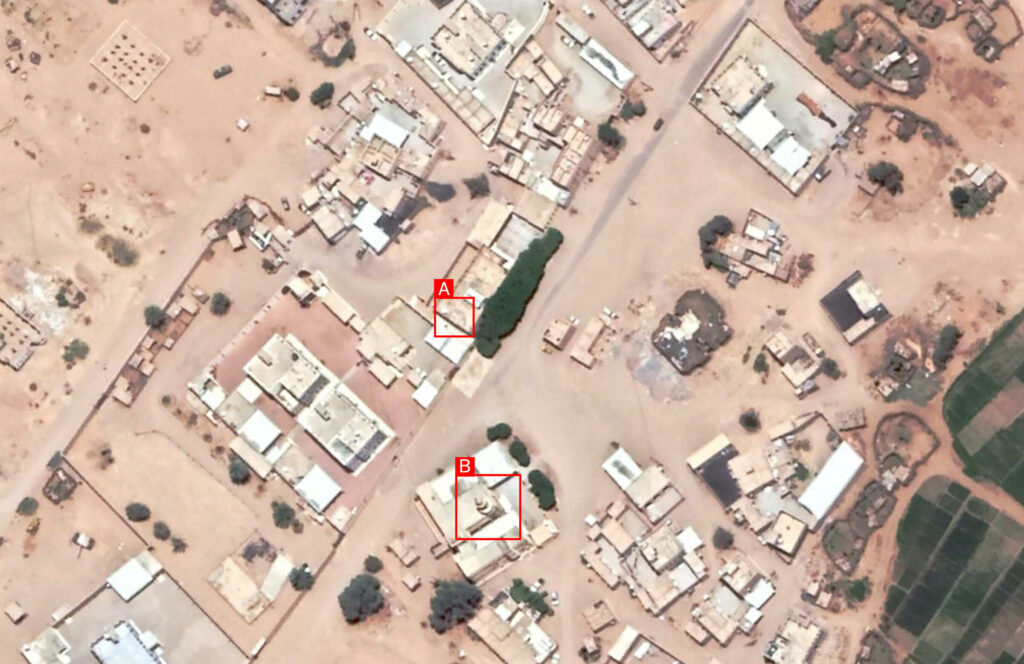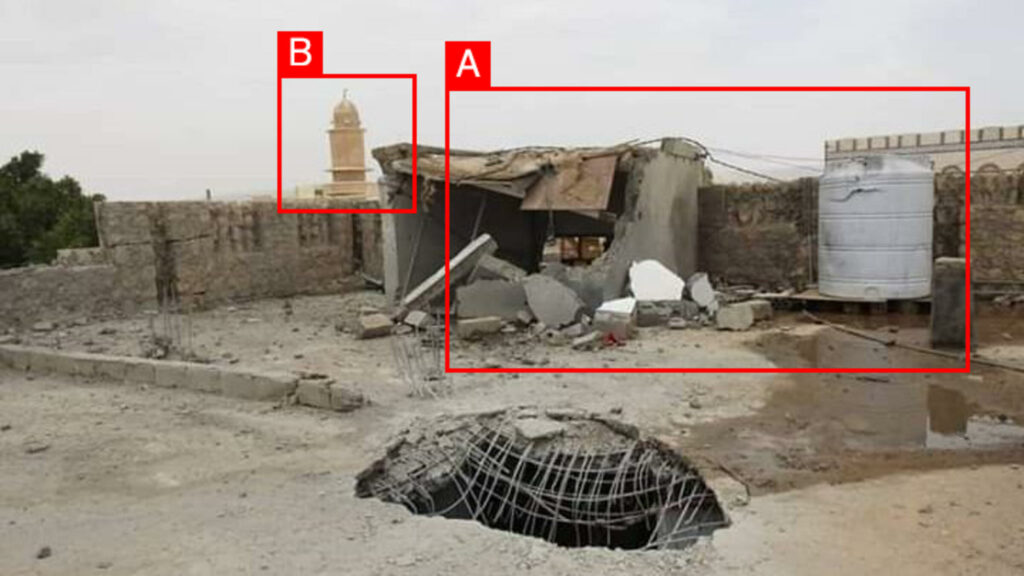Incident Code
Incident Date
Location
Geolocation
Geolocation
Airwars Assessment
(Previous Incident Code: YEMT194)
Several local language sources reported that a US drone strike targeted the house of Marib provincial governor, Sheikh Sultan Al Arada, at dawn on July 4th 2019. Others, including Yemeni government officials, instead asserted that the strike was conducted by Houthi militias with a ballistic missile. There were varying assessments of casualties resulting from the strike, though there were no known associated reports of civilian harm.
On October 4th 2019, US Central Command told New America that no new US military strikes had been conducted in Yemen since June 24th 2019. This may not however preclude this having been a CIA action, or a clandestine US military action.
Local sources told Sahaftak and Yemen Press Agency that a US drone had targeted the building while Khaled Ali Al-Arada, an alleged AQAP member and the brother of Marib governor Sultan, was present. According to some, including Sahaftak, Khaled was presenting to other AQAP leaders at the time of the strike. Some, such as Almandeb, indicated that the apparent accuracy and high destructive capacity of the missile indicated that it was of American origin. In 2017, the US had imposed sanctions on Khaled for facilitating the transport of weapons and persons in support of Al-Qaeda.
Marib and Yemeni government sources instead stated, including through a statement published on the Marib administration’s website, that a Houthi missile had targeted the building. Houthi armed forces acknowledged that missile attacks and airstrikes had been conducted against “military targets” in Marib on that morning via Masirah TV, a Houthi-run media outlet, but did not explicitly take responsibility for this particular attack. Others, including Yafa News, indicated that the Al-Ashraf tribes, who had allegedly been fighting nearby, may have been responsible.
The state news agency, Saba, reported that “the missile attack completely destroyed the Governor’s home and damaged several other adjoining houses in Wadi district in southeastern Marib”, but resulted in no casualties, according to Xinhua. Some local-language Twitter sources, such as @Abd_ulbast, also indicated that there were no casualties. Yafa News and others, however, suggested that local media had reported a “number” of “terrorist” militants killed in the strike, including Khaled Al-Arada.
Given these conflicting claims, Airwars has assessed this event to be “contested”, with reports of between zero and two militant deaths. While no civilians were reportedly harmed, one local source raised concerns that the strike had been in close proximity to the nearby Kara hospital.
Key Information
Geolocation Notes
Reports of the incident mention a reception hall being struck in Wadi Obeida (وادي عبيدة), in vicinity of what some sources claim as the “Kara” area, east of Ma’rib (مأرب) city. Combining visual material from sources we have been able to identify the exact location of the strike at these coordinates: 15.411917, 45.374541.

Reports of the incident mention a reception hall being struck in Wadi Obeida (وادي عبيدة), in vicinity of what some sources claim as the “Kara” area, east of Ma’rib (مأرب) city. Combining visual material from sources we have been able to identify the exact location of the strike.
Imagery: Google Earth

Satellite imagery from May 2019 (right) shows evidence of structural damage. The photo on the left is from December 2018.
Imagery: Google Earth

Tagged satellite imagery.
Imagery: Google Earth

Tagged imagery from source.
Imagery: @ahmeedahmed078
